Home>Gardening & Outdoor>Landscaping Ideas>How To Stop Grass Fungus
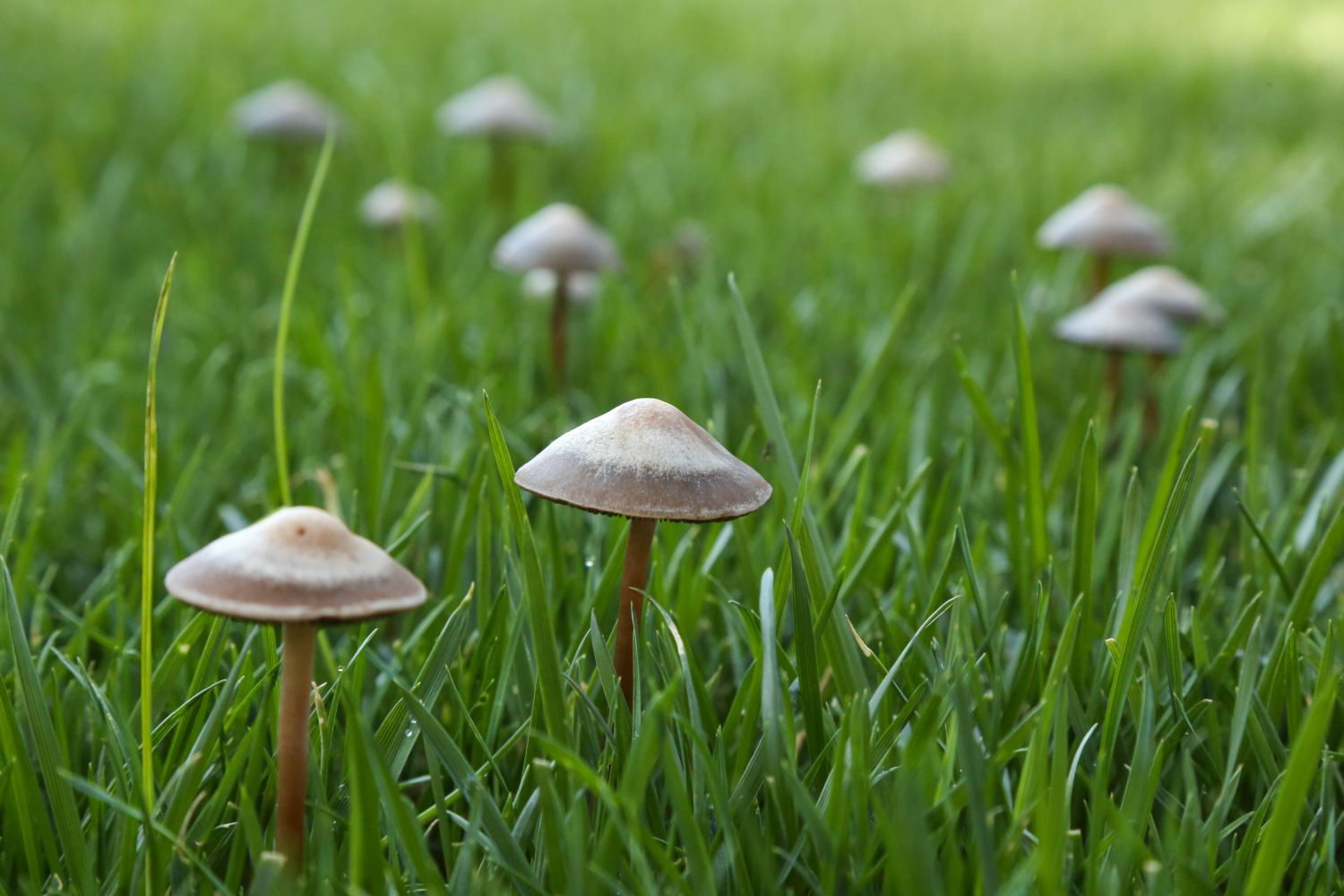

Landscaping Ideas
How To Stop Grass Fungus
Modified: February 18, 2024
Learn effective landscaping ideas to prevent and stop grass fungus. Find expert tips and solutions for a healthy, vibrant lawn.
(Many of the links in this article redirect to a specific reviewed product. Your purchase of these products through affiliate links helps to generate commission for Storables.com, at no extra cost. Learn more)
Introduction
When it comes to maintaining a lush, vibrant lawn, dealing with grass fungus can be a frustrating challenge. The unsightly patches, discoloration, and wilting that accompany this common lawn ailment can quickly diminish the beauty of your outdoor space. However, with a solid understanding of grass fungus, including how to identify it and the best methods for prevention and treatment, you can effectively combat this issue and restore your lawn to its former glory.
In this comprehensive guide, we will delve into the world of grass fungus, exploring its causes, symptoms, and the most effective strategies for stopping it in its tracks. By the end of this article, you will be equipped with the knowledge and tools necessary to transform your lawn into a healthy, fungus-free paradise. So, let's roll up our sleeves and embark on a journey to conquer grass fungus once and for all.
Key Takeaways:
- Grass fungus thrives in warm, humid conditions and can be identified by discolored patches and powdery substances on the grass. Prevent it by maintaining proper lawn care and early detection.
- Combat grass fungus with targeted treatments like fungicidal products, aeration, and soil amendments. A proactive approach to lawn care is crucial for preventing and addressing fungal infestations.
Read more: What Is Grass Fungus
Understanding Grass Fungus
Before delving into the specifics of combating grass fungus, it’s essential to grasp the nature of this common lawn affliction. Grass fungus, also known as lawn mold or turf disease, encompasses a variety of fungal infections that can wreak havoc on your lawn’s health and appearance. These fungi thrive in warm, humid conditions, making them particularly prevalent during the hot, muggy months of summer.
One of the most common types of grass fungus is known as “dollar spot,” which manifests as small, silver-dollar-sized dead patches on the lawn. Another prevalent variety is “powdery mildew,” characterized by a white, powdery substance on the grass blades. Additionally, “brown patch” is notorious for causing circular, brownish areas in the lawn, while “rust fungus” presents as orange or rust-colored pustules on the grass.
Understanding the conditions that foster grass fungus is crucial in effectively combating it. Excessive moisture, poor air circulation, over-fertilization, and compacted soil can create an environment ripe for fungal growth. Furthermore, stressors such as drought, excessive thatch, and inadequate mowing practices can weaken the grass, making it more susceptible to fungal infections.
By familiarizing yourself with the various types of grass fungus and the environmental factors that contribute to their proliferation, you can take proactive measures to prevent and address these issues before they escalate. Armed with this knowledge, you are better equipped to safeguard your lawn against the threat of fungal infestations.
Identifying Grass Fungus
Recognizing the telltale signs of grass fungus is pivotal in implementing timely and effective treatment. When inspecting your lawn, keep an eye out for several common indicators of fungal infestation. These may include discolored or wilted patches of grass, the presence of powdery or discolored substances on the blades, and the formation of circular or irregularly shaped dead areas.
One prevalent type of grass fungus, dollar spot, is characterized by small, silver-dollar-sized dead patches on the lawn. These spots may initially appear yellow before transitioning to a bleached or straw-like color. Powdery mildew, on the other hand, manifests as a white, powdery coating on the grass blades, resembling a sprinkling of flour. Brown patch often presents as circular, brownish areas in the lawn, while rust fungus is identifiable by the development of orange or rust-colored pustules on the grass.
When inspecting your lawn for signs of fungal infection, it’s essential to consider the prevailing environmental conditions. Excessive moisture, high humidity, and warm temperatures create an ideal habitat for grass fungus to thrive. Additionally, areas of the lawn that receive limited sunlight or have poor air circulation are more susceptible to fungal infestations.
By conducting regular visual inspections of your lawn and remaining vigilant for any unusual discoloration, texture, or growth patterns, you can promptly identify and address potential fungal issues. Early detection is key to preventing the spread of grass fungus and mitigating its impact on your lawn’s overall health and appearance.
To stop grass fungus, avoid overwatering and mow at the proper height. Apply fungicide if necessary and improve air circulation by trimming surrounding plants.
Preventative Measures
Implementing proactive strategies to prevent grass fungus is essential for maintaining a healthy and vibrant lawn. By incorporating these preventative measures into your lawn care routine, you can create an environment that is less conducive to fungal growth, thereby reducing the likelihood of infestation.
- Proper Lawn Maintenance: Regular mowing, aeration, and dethatching promote healthy grass growth and improve air circulation, minimizing the conditions favorable to fungal development.
- Optimal Watering Practices: Water your lawn deeply but infrequently, preferably in the early morning, to allow the grass to dry thoroughly throughout the day, discouraging fungal proliferation.
- Improving Soil Drainage: Address areas of poor drainage by amending the soil with organic matter and ensuring proper grading to prevent water accumulation, which can create a breeding ground for grass fungus.
- Appropriate Fertilization: Avoid over-fertilizing, as excessive nitrogen can weaken the grass and make it more susceptible to fungal infections. Use a balanced fertilizer and follow recommended application rates.
- Promoting Air Circulation: Trim back overhanging branches and shrubbery to allow for better air movement across the lawn, reducing moisture retention and inhibiting fungal growth.
- Maintaining Sharp Mowing Equipment: Regularly sharpen mower blades to ensure clean cuts, as ragged grass edges are more prone to fungal invasion.
- Resistant Grass Varieties: Consider planting disease-resistant grass species that are less susceptible to fungal infections, particularly in areas prone to recurring issues.
- Minimizing Shade: Trim trees and shrubs to minimize shade on the lawn, as sunlight is a natural deterrent to fungal growth.
By integrating these preventative measures into your lawn care regimen, you can fortify your lawn against the threat of grass fungus and create an environment that fosters robust, resilient grass growth. Prevention is often the most effective defense against fungal infestations, and by adopting these proactive practices, you can significantly reduce the likelihood of encountering this common lawn ailment.
Treatment Options
When faced with a grass fungus infestation, swift and targeted action is essential to halt its progression and facilitate the recovery of your lawn. Several effective treatment options are available to combat grass fungus and restore your lawn to its optimal state. By understanding these methods and their respective applications, you can address fungal infections with confidence and precision.
- Fungicidal Treatments: Utilize fungicidal products specifically formulated to combat grass fungus. These treatments are available in various formulations, including granules, liquids, and powders, and are designed to target specific types of fungal infections. Application methods and frequency may vary, so carefully follow the product instructions for optimal results.
- Aeration and Dethatching: Aerating the lawn and removing excessive thatch can improve air circulation and reduce moisture retention, creating an inhospitable environment for fungal growth. This process enhances the overall health of the grass and aids in combating existing fungal infestations.
- Adjusting Watering Practices: If overwatering has contributed to the development of grass fungus, adjust your watering schedule to promote proper moisture balance. Water deeply but infrequently, and avoid watering in the evening to prevent prolonged periods of moisture on the grass.
- Reseeding and Resodding: In areas where the grass has been severely affected by fungal infections, reseeding or resodding may be necessary to rejuvenate the lawn. Select disease-resistant grass varieties and ensure proper soil preparation for successful establishment.
- Soil Amendments: Amending the soil with organic matter can improve drainage and enhance the overall health of the lawn, reducing the conditions conducive to fungal growth. Additionally, adjusting soil pH to optimal levels can create an environment less hospitable to certain types of grass fungus.
- Professional Consultation: In cases of severe or persistent fungal infestations, seeking guidance from a lawn care professional or agricultural extension service can provide valuable insights and tailored solutions for addressing the issue effectively.
It’s important to approach the treatment of grass fungus with a comprehensive strategy that addresses both the immediate fungal infestation and the underlying factors contributing to its development. By combining targeted treatments with proactive lawn care practices, you can effectively combat grass fungus and restore your lawn to its lush, healthy state.
Read more: How To Treat Fungus On St. Augustine Grass
Conclusion
Confronting grass fungus requires a multifaceted approach that encompasses prevention, early detection, and strategic treatment. By gaining a deeper understanding of the nature of grass fungus, including its causes, symptoms, and treatment options, you are better equipped to safeguard your lawn against this common lawn ailment.
Preventative measures, such as proper lawn maintenance, optimal watering practices, and promoting air circulation, play a pivotal role in creating an environment that discourages fungal growth. Regular visual inspections of the lawn enable you to promptly identify and address potential fungal infestations, minimizing their impact and preventing further spread.
When faced with grass fungus, swift and targeted treatment options, such as fungicidal treatments, aeration, and soil amendments, can effectively combat the infestation and facilitate the recovery of the lawn. By addressing both the immediate fungal issue and the underlying contributing factors, you can restore your lawn to its optimal health and beauty.
Ultimately, a proactive and informed approach to lawn care is the key to mitigating the impact of grass fungus and maintaining a lush, vibrant lawn. By integrating preventative measures, regular monitoring, and strategic treatments into your lawn care routine, you can create an environment that is resilient against fungal infestations, allowing your lawn to thrive and flourish.
Armed with this knowledge and equipped with effective strategies, you are well-prepared to conquer grass fungus and transform your lawn into a resilient, fungus-free oasis for years to come.
Frequently Asked Questions about How To Stop Grass Fungus
Was this page helpful?
At Storables.com, we guarantee accurate and reliable information. Our content, validated by Expert Board Contributors, is crafted following stringent Editorial Policies. We're committed to providing you with well-researched, expert-backed insights for all your informational needs.
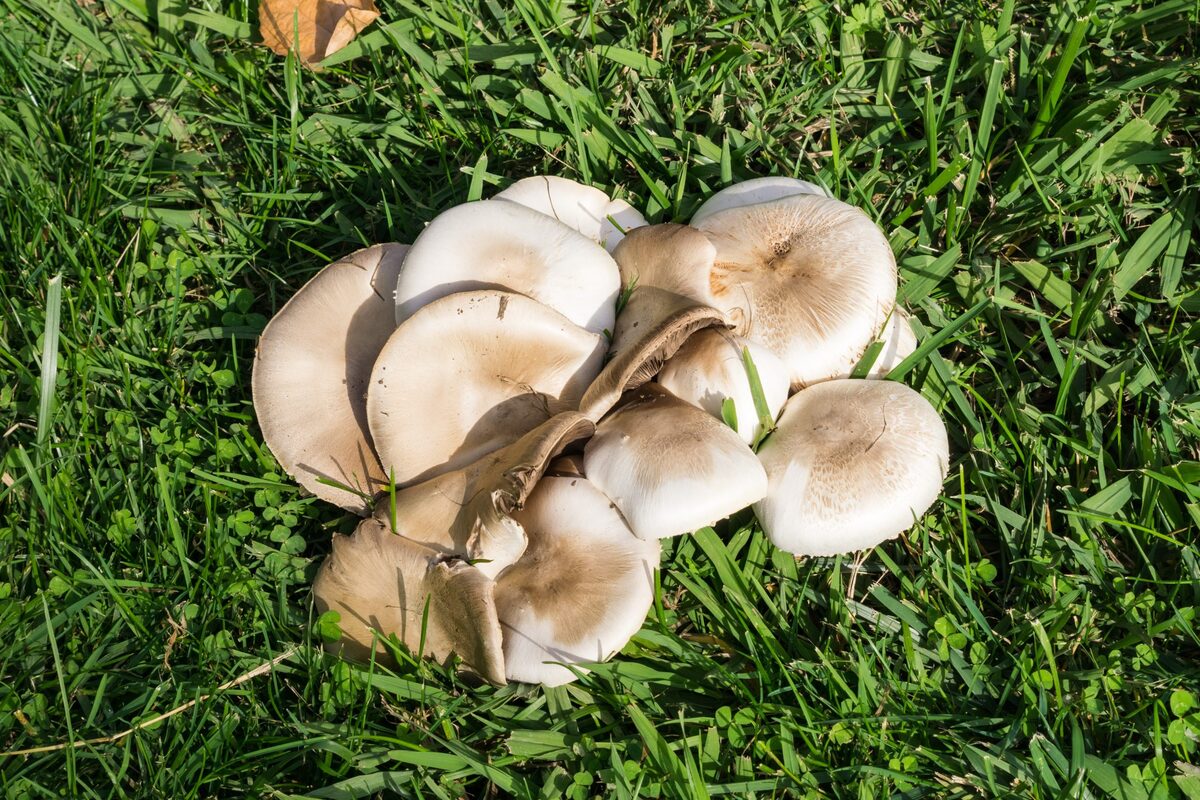
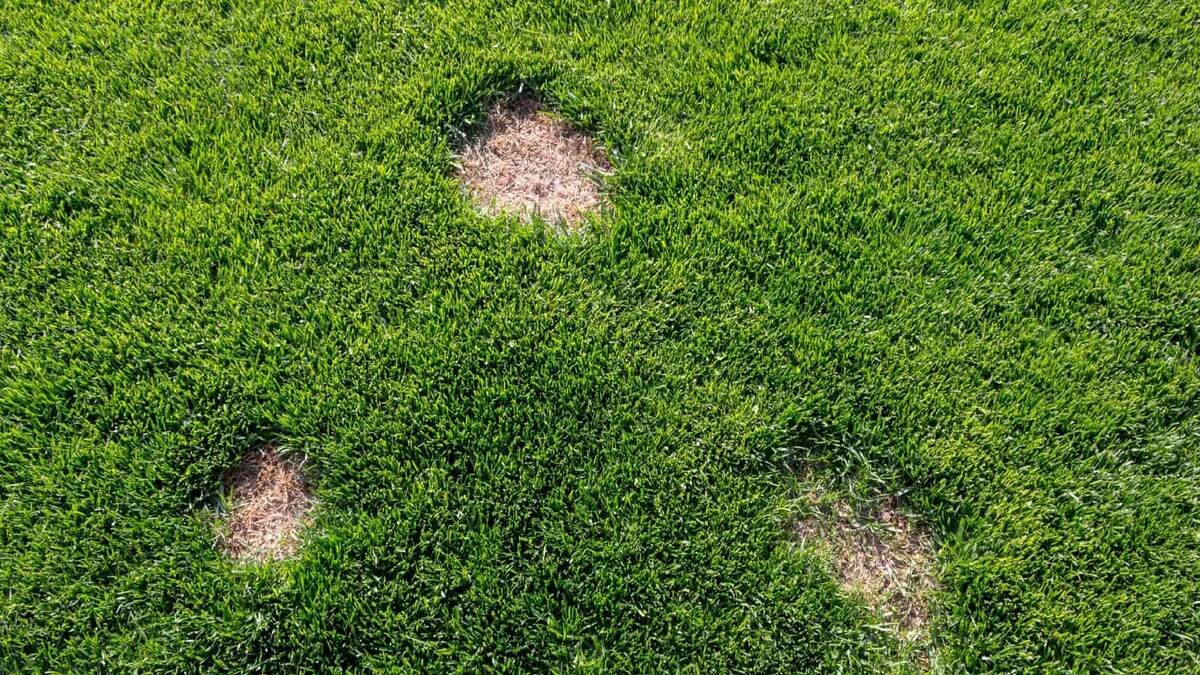
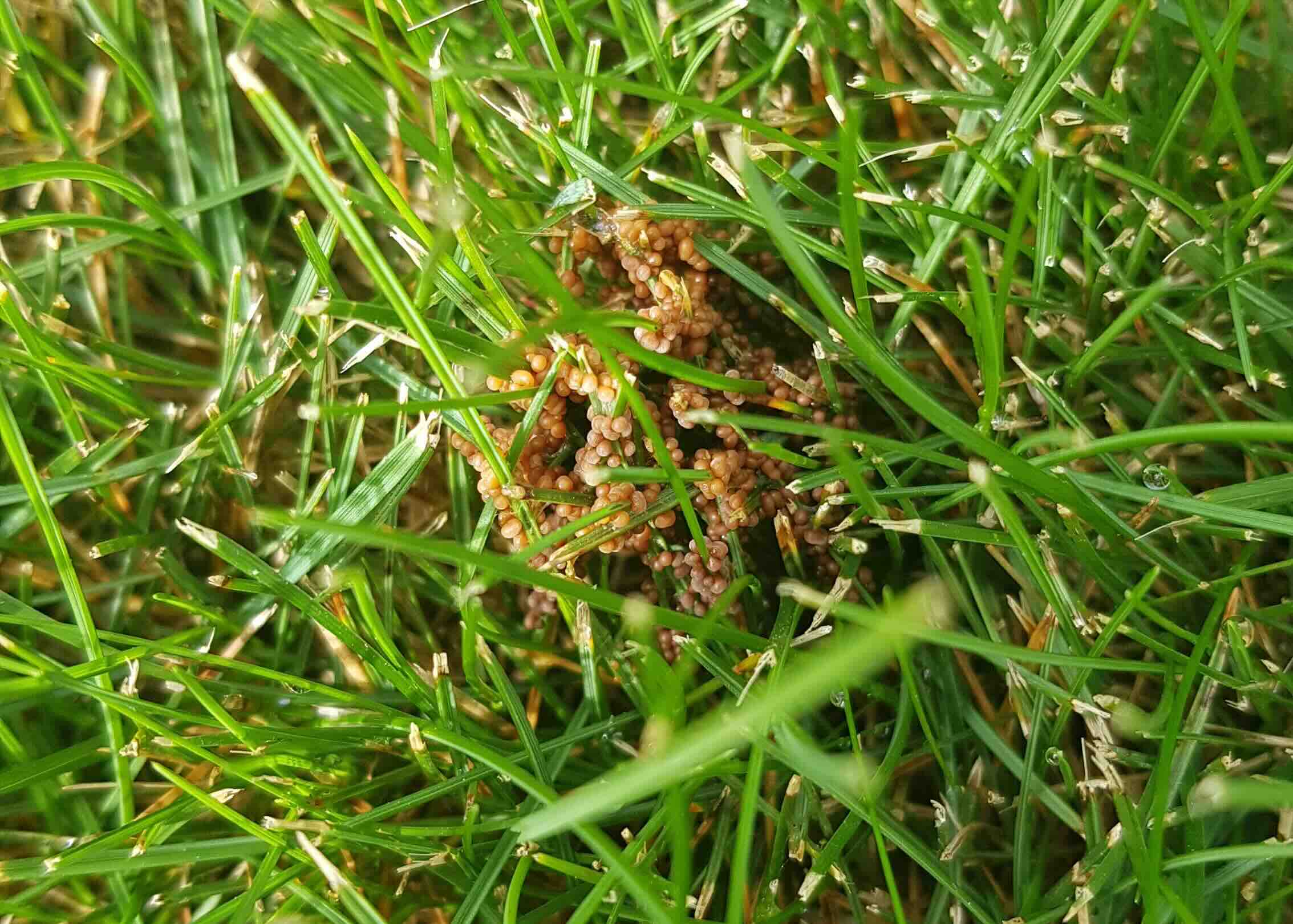
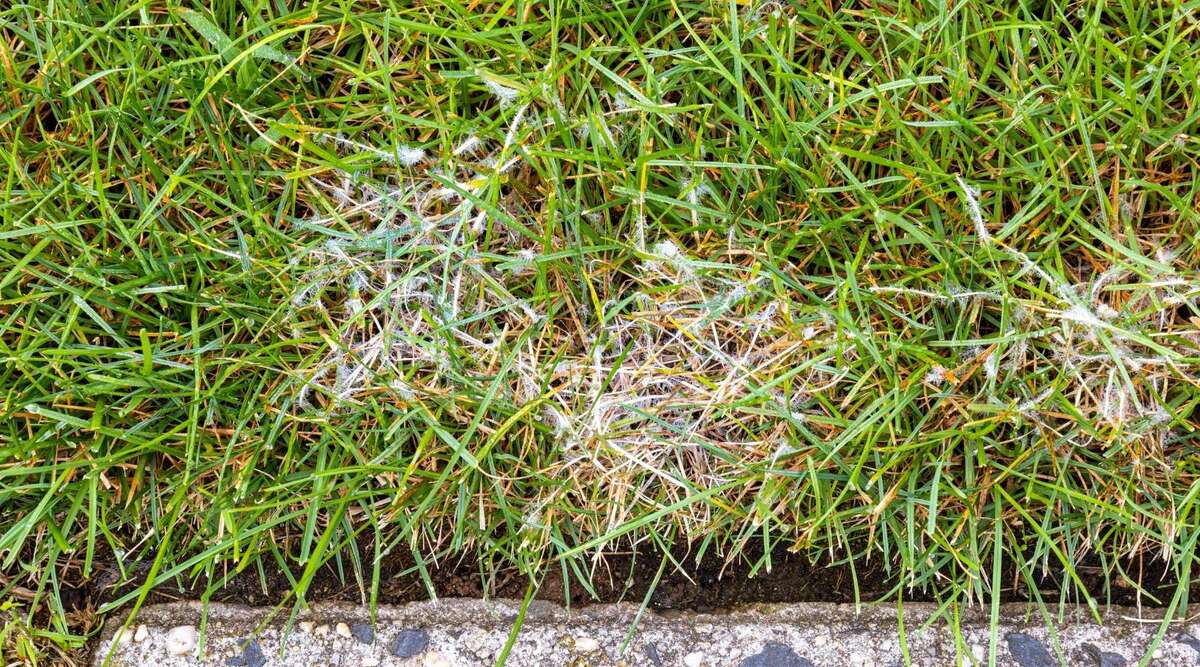
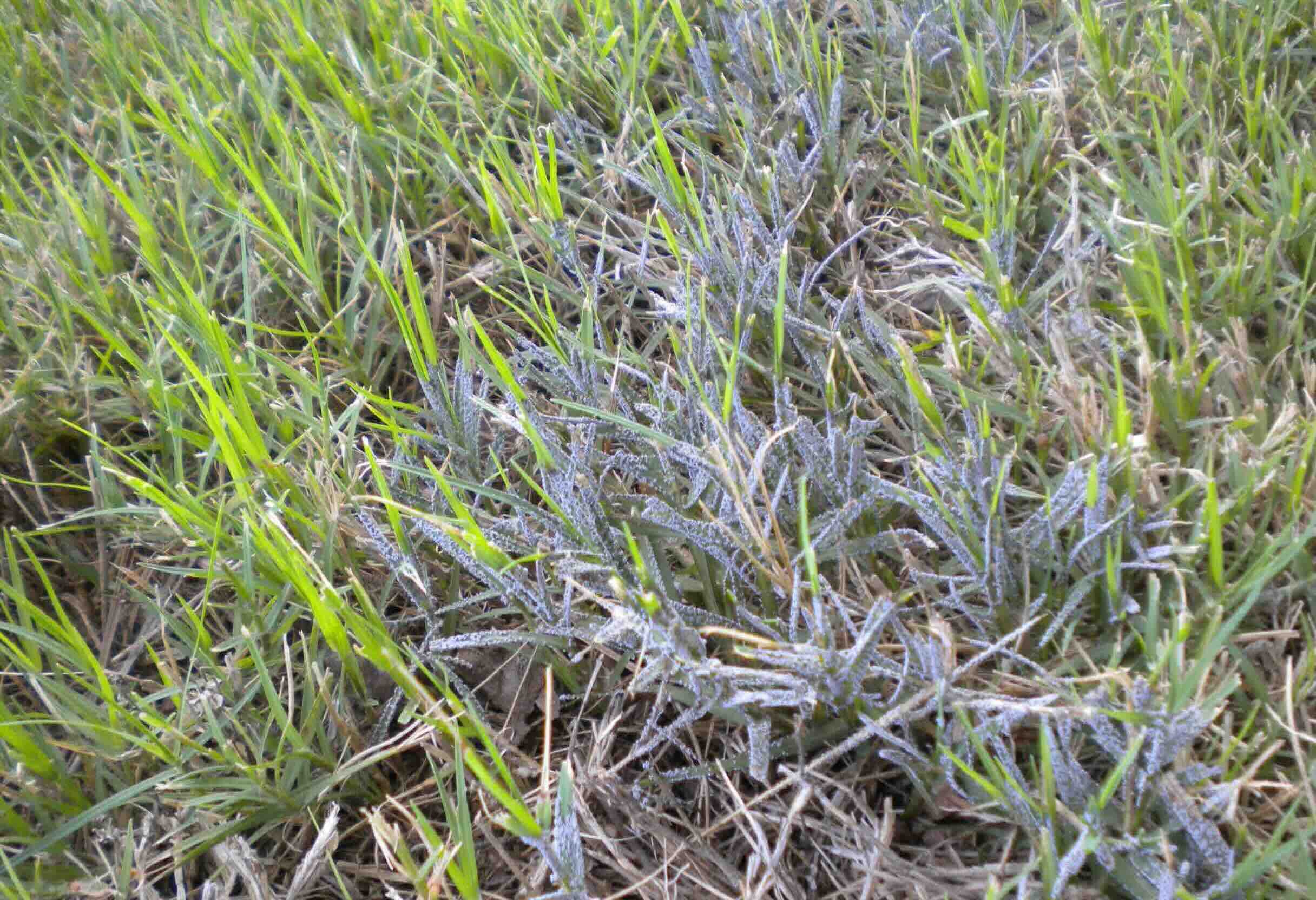
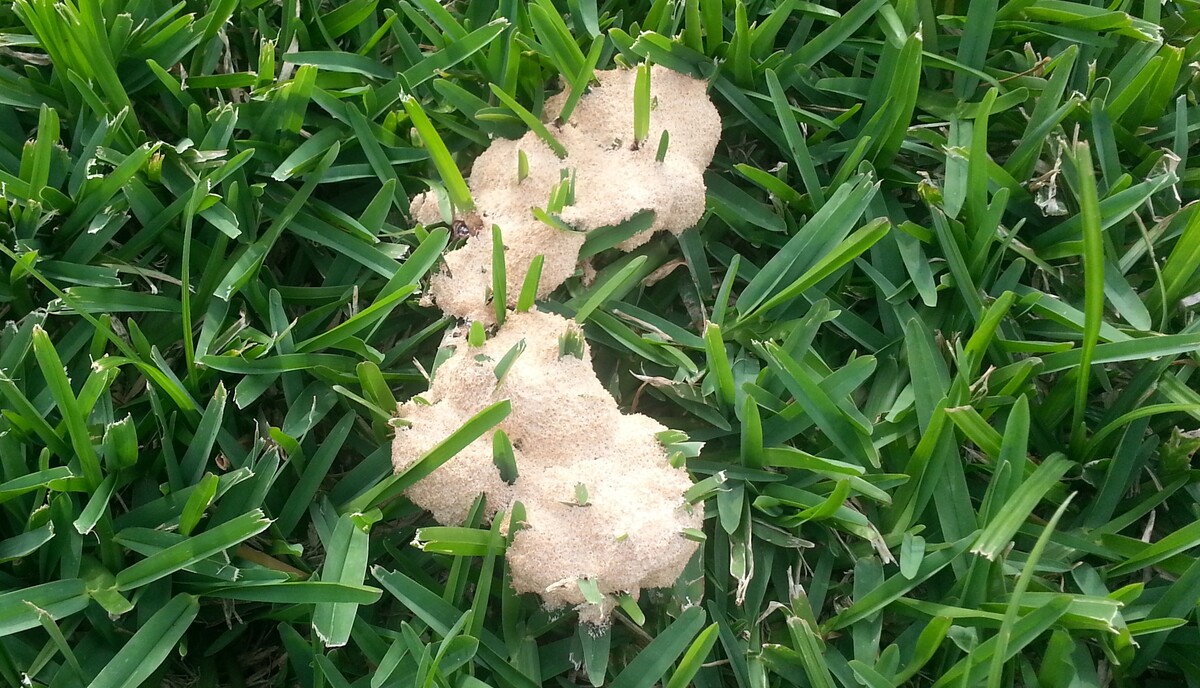
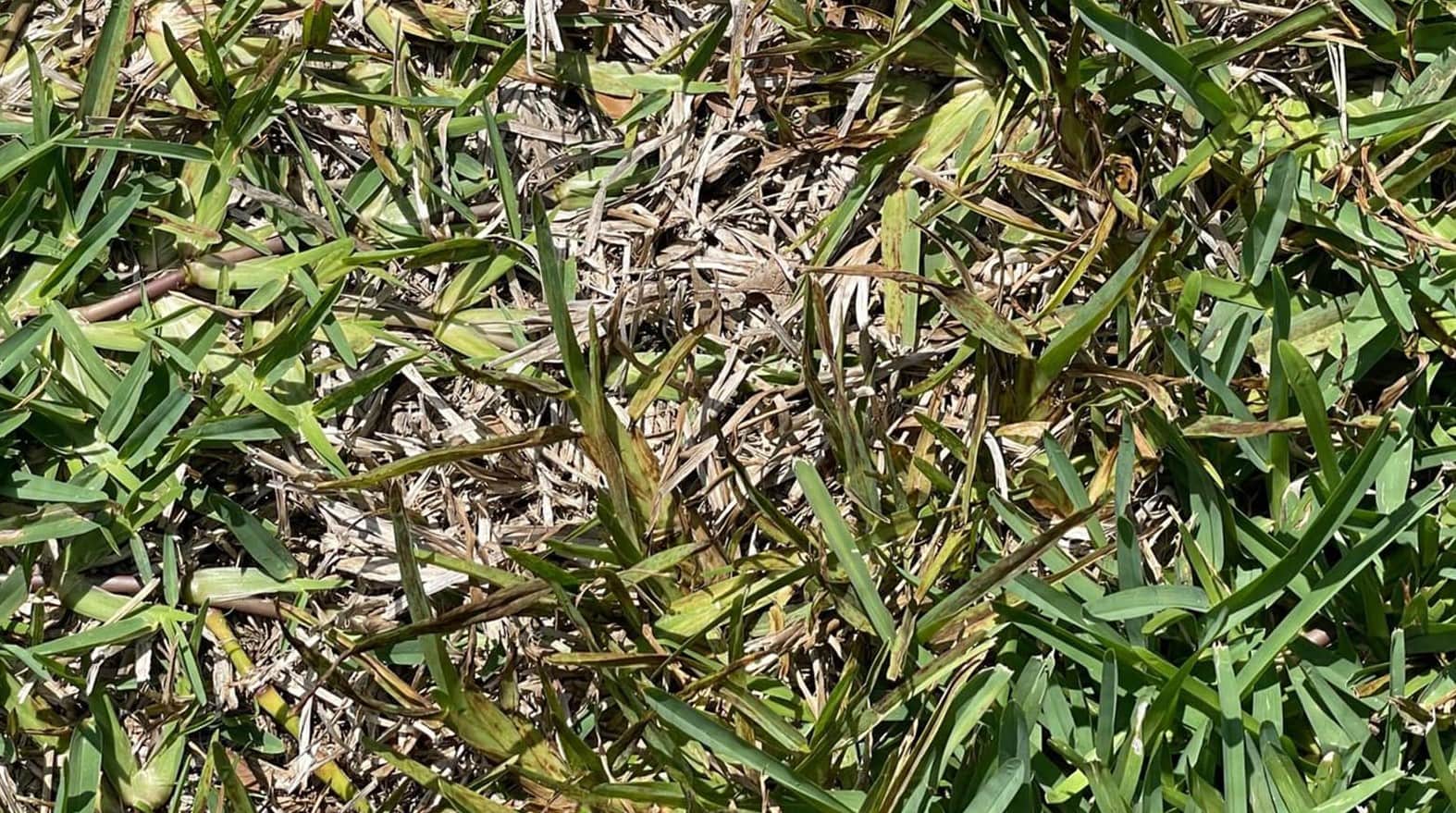

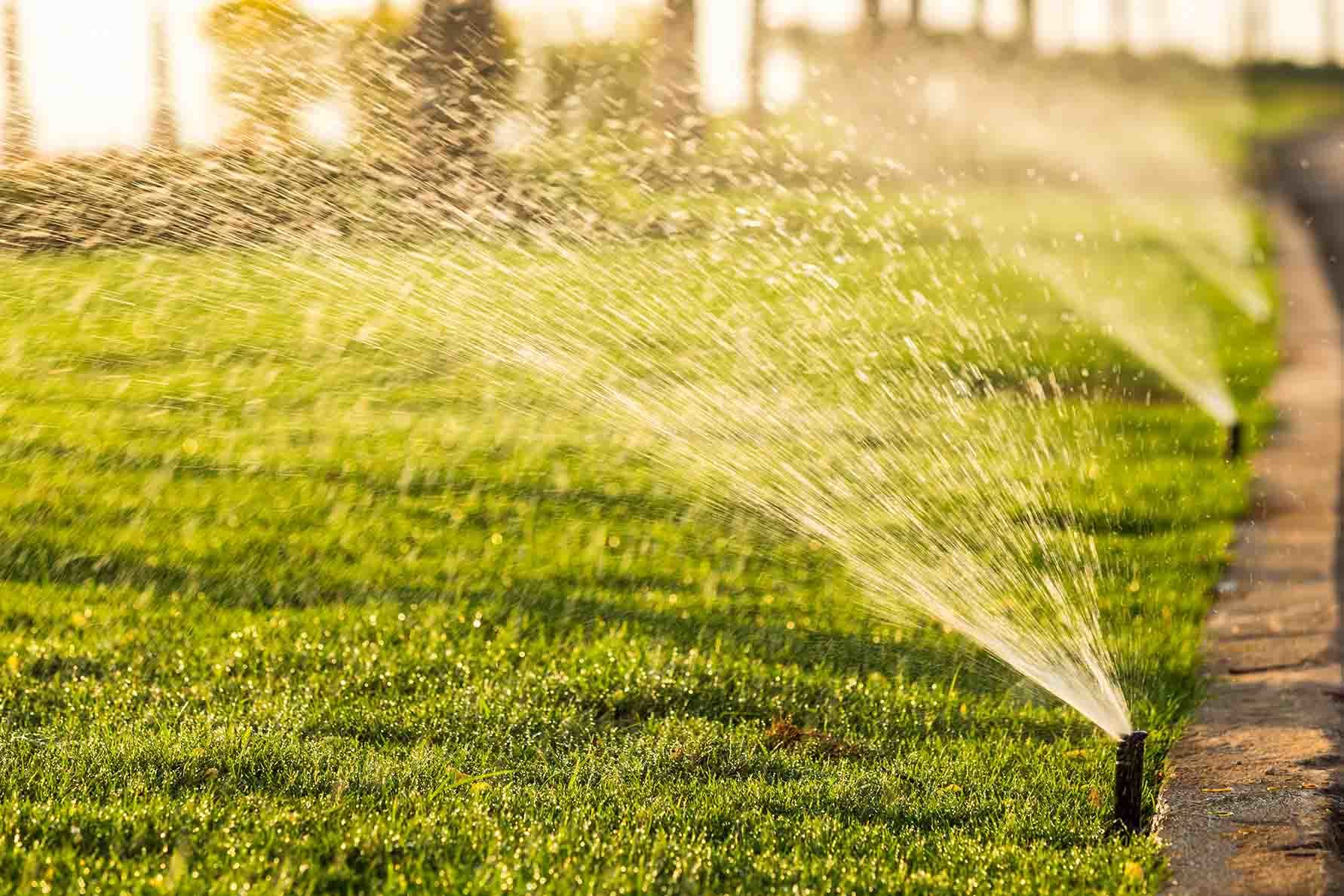

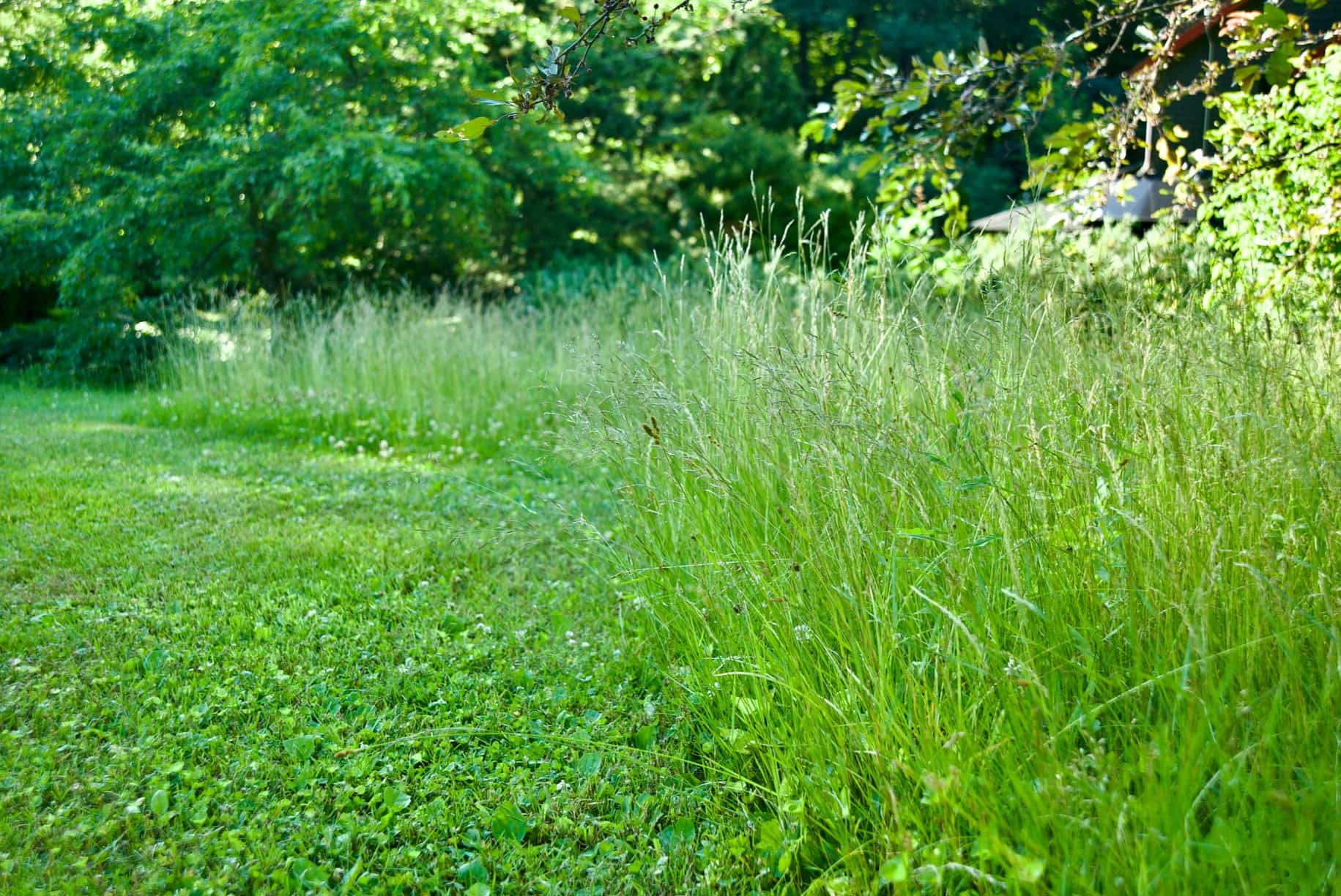
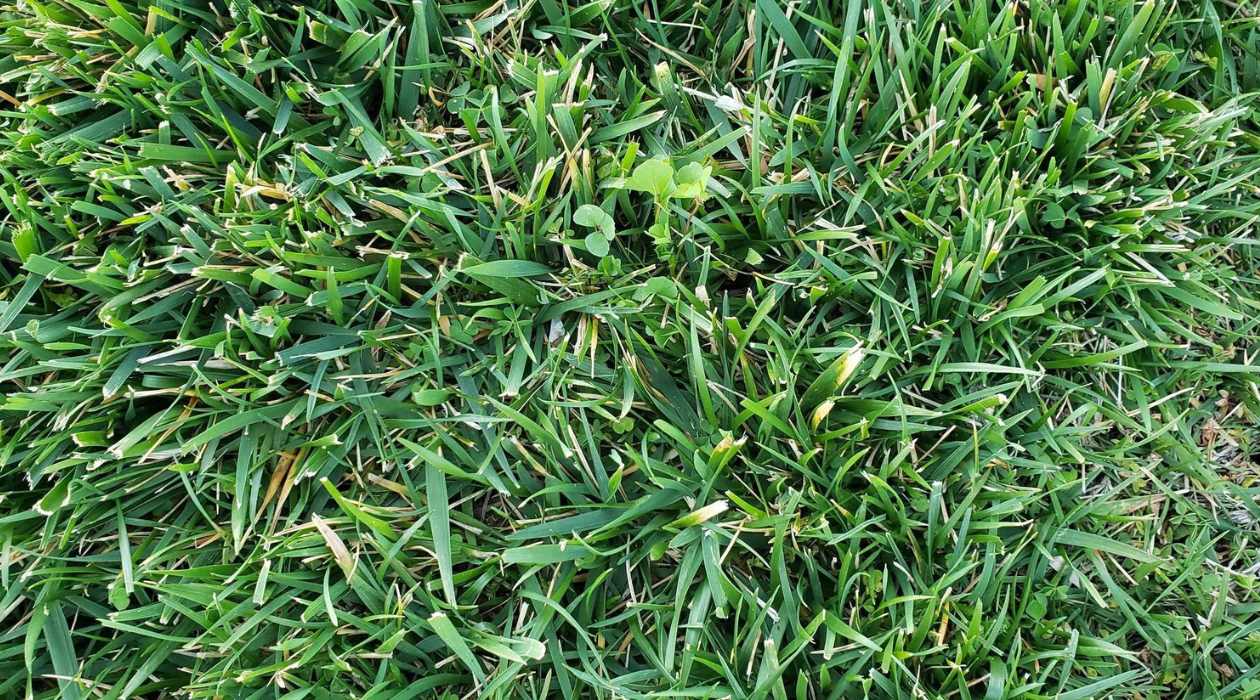
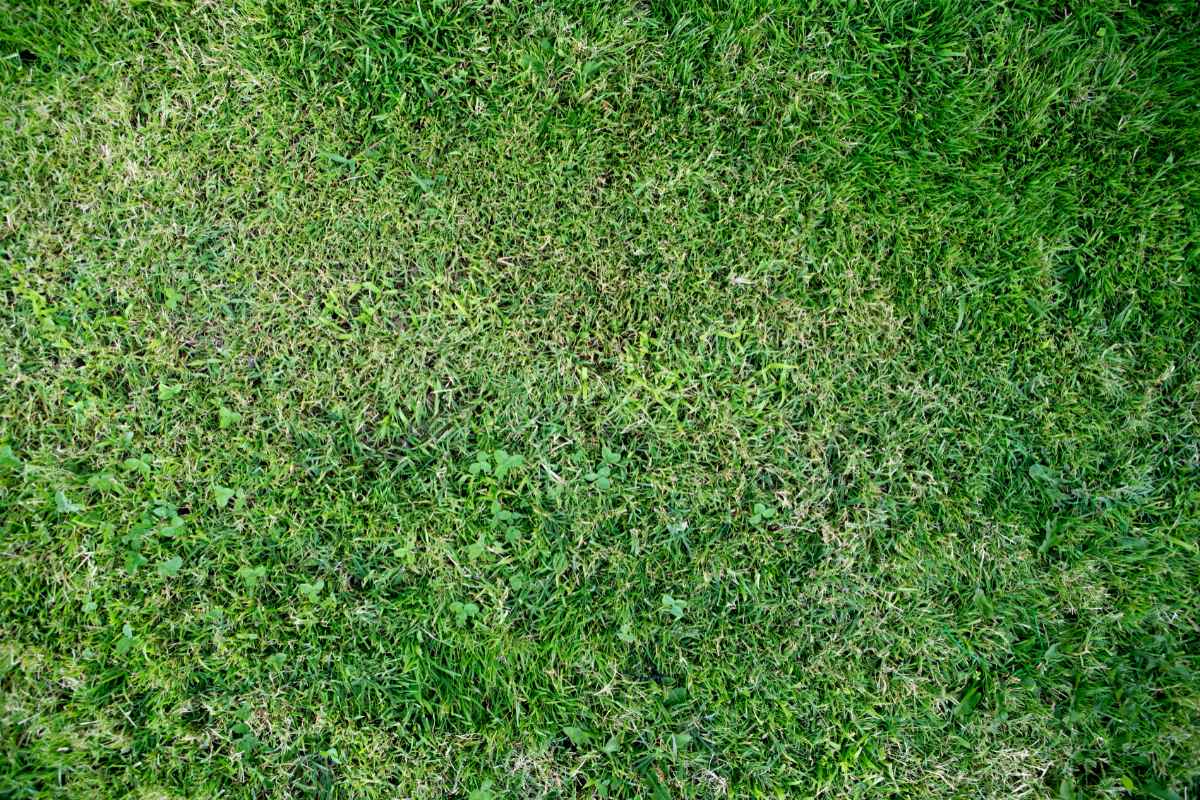


0 thoughts on “How To Stop Grass Fungus”